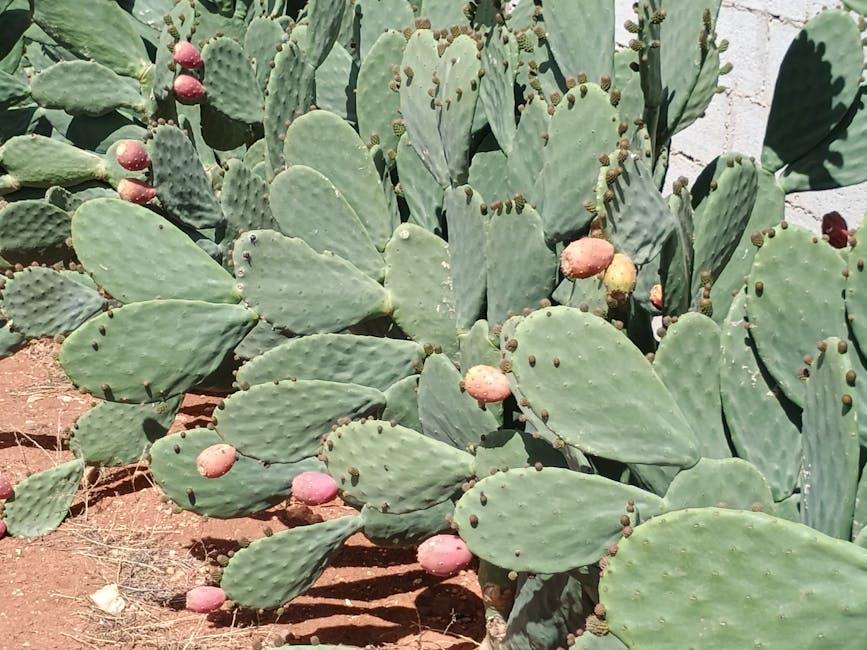Understanding Your Cat’s Diet: A Deep Dive into Cat Food Nutritional Analysis
Choosing the right cat food can feel overwhelming. The pet food aisle is a jungle of brands, formulas, and marketing claims. Navigating this requires understanding the basics of cat food nutritional analysis. This isn’t just about picking a tasty treat; it’s about providing your feline friend with the nutrients they need for a long, healthy life. This guide will equip you with the knowledge to make informed decisions for your pet’s well-being, offering valuable pet tips along the way.
Deciphering the Label: Key Nutrients and Their Roles
A thorough cat food nutritional analysis begins with carefully examining the ingredient list and guaranteed analysis on the packaging. Don’t be intimidated by the technical jargon; let’s break it down.
Protein: The Building Block of Life
Cats are obligate carnivores, meaning their bodies are designed to thrive on a meat-based diet. Protein is crucial for muscle development, tissue repair, and enzyme production. Look for cat foods that list a named meat source (e.g., chicken, turkey, salmon) as the primary ingredient. The guaranteed analysis will show the minimum percentage of crude protein. A high-quality cat food will typically contain 30-50% protein, depending on the life stage and activity level of your cat. For example, a kitten requires more protein for growth than a senior cat.
Fat: Energy and Essential Fatty Acids
Fat provides energy, aids in nutrient absorption, and is a source of essential fatty acids like omega-3 and omega-6. These fatty acids are vital for healthy skin and coat, as well as brain function. Look for a moderate fat content in the guaranteed analysis, typically around 15-20%. Avoid foods with excessive fat, as this can lead to obesity and other health problems. The source of fat is also important; look for named sources like chicken fat or fish oil, rather than just “animal fat.”
Carbohydrates: A Controversial Component
While cats don’t require carbohydrates for survival, they can be a source of energy in moderation. However, excessive carbohydrates can lead to weight gain and other health issues. Opt for cat foods with lower carbohydrate content and those that use complex carbohydrates like whole grains (if included) rather than simple sugars. Always check the ingredient list; some fillers can masquerade as carbohydrates. For example, corn and wheat are common but not ideal sources of carbohydrates for cats.
Vitamins and Minerals: Essential Micronutrients
Vitamins and minerals are essential for various bodily functions. The guaranteed analysis will list minimum levels of key vitamins (like Vitamin A, Vitamin D, and Vitamin E) and minerals (like calcium, phosphorus, and potassium). These are crucial for bone health, immune function, and overall well-being. While the guaranteed analysis provides minimum values, high-quality cat foods often exceed these levels. Supplementing your cat’s diet with vitamins and minerals should only be done under veterinary guidance.

Understanding Guaranteed Analysis vs. Ingredient List
The guaranteed analysis and ingredient list are two distinct but equally important parts of a cat food nutritional analysis. The guaranteed analysis provides minimum percentages of crude protein, fat, fiber, and moisture. However, it doesn’t specify the source or quality of these ingredients.
The ingredient list, on the other hand, details the specific ingredients used, listed in descending order by weight. This allows you to see the primary ingredients and identify potential allergens or undesirable fillers. For example, a cat food with “chicken” listed as the first ingredient indicates a higher chicken content than one with “chicken by-products” as the first ingredient.
By carefully comparing both the guaranteed analysis and ingredient list, you can obtain a more comprehensive understanding of the food’s nutritional profile.
Choosing the Right Food for Your Cat’s Life Stage
Cat food nutritional analysis should also consider your cat’s life stage. Kittens, adult cats, and senior cats have different nutritional needs.
Kittens: Fueling Rapid Growth
Kitten food is formulated to support rapid growth and development. It typically contains higher levels of protein and fat than adult cat food. Look for foods specifically labeled “kitten” or “growth” and ensure they meet the Association of American Feed Control Officials (AAFCO) nutrient profiles for growth.
Adult Cats: Maintaining Optimal Health
Adult cat food maintains optimal health and energy levels. It provides a balanced mix of protein, fat, and other essential nutrients. Choose a food appropriate for your cat’s weight and activity level.
Senior Cats: Addressing Age-Related Changes
Senior cat food addresses the changes associated with aging. It often contains lower calorie content to help prevent weight gain, and may include added nutrients to support joint health and cognitive function. Consider foods specifically formulated for senior cats.
Beyond the Label: Considering Other Factors
While a thorough cat food nutritional analysis of the label is crucial, other factors should also be considered. These include:
* Brand Reputation: Choose reputable brands with a history of producing high-quality pet food.
* Price: While price isn’t always an indicator of quality, excessively cheap food may contain lower-quality ingredients.
* Your Cat’s Preferences: While nutritional value is paramount, consider your cat’s preferences to ensure they eat the food. You might need to try a few different brands and flavors to find one your cat enjoys. Seeking advice from your veterinarian or exploring resources like Petco’s website can be beneficial.
* Potential Allergies: If your cat has allergies, choose a food that avoids those allergens. Hypoallergenic options are available, but always consult your veterinarian before making significant dietary changes.
Take the time to carefully analyze your cat’s food. A well-informed choice significantly impacts your cat’s health and happiness. Use this guide as a starting point for your research and don’t hesitate to consult your veterinarian for personalized recommendations. Remember that proper pet care extends beyond simply providing food; it’s about understanding their nutritional needs and making informed decisions to ensure their well-being. Start your journey to better pet care today by selecting a food that aligns with this thorough cat food nutritional analysis process.

